July 1985 hits 88 miles per hour and brings back Romero's zombies
Plus John Boorman heads into the heart of the Amazon
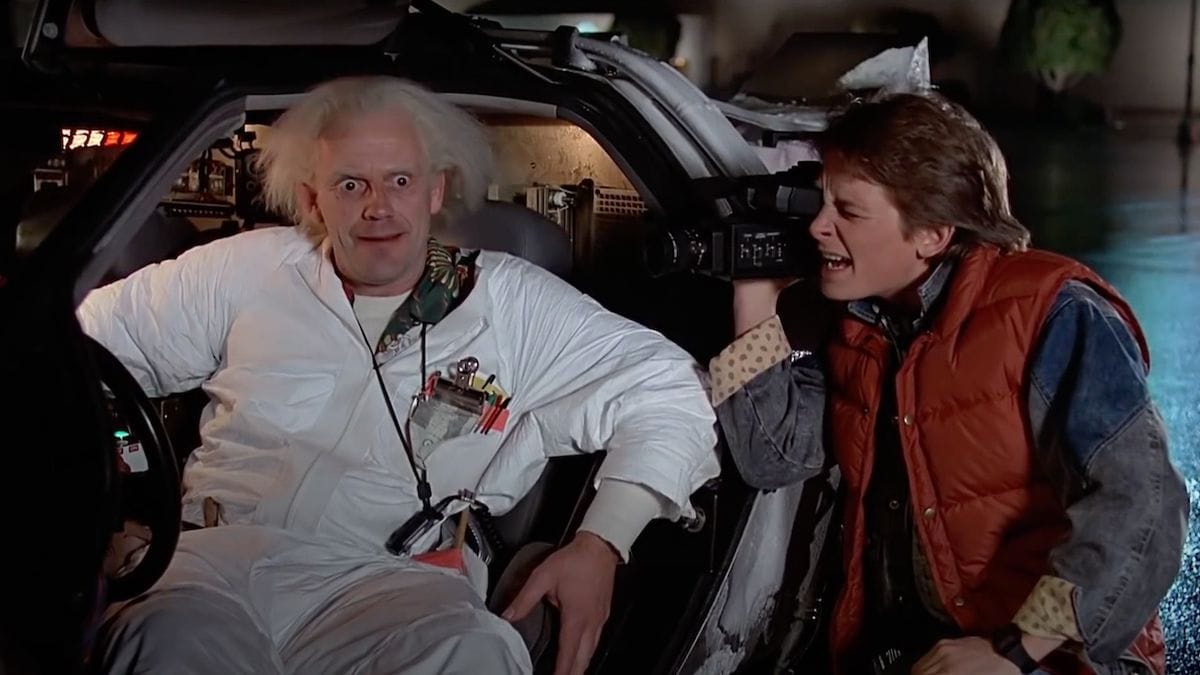
The premise is simple, but the task is not. Every single movie released in the United States during the 1980s, reviewed in chronological order, published month by month.
Buckle up, because this is The Last ‘80s Newsletter You’ll Ever Need…
JULY 1985
Martina Navratilova beat Chris Evert to nail down her 6th Wimbledon title, while Boris Becker became the youngest man to ever take the singles title at just 17 years old.
Coca-Cola, realizing they fucked up on a cataclysmic scale, announced that they would be returning original formula Coke to the shelves ASAP.
For the first of many, many, many times, Tinker Bell took to the night skies above Walt Disney World in Orlando to say goodnight to the daily crowds.
And on July 13th, Bob Geldof organized two massive concerts, one at Wembley Stadium in London and one at JFK Stadium in Philadelphia for the wildly successful Live Aid, which raised over $70 million for African famine relief.
I have come to realize that writing about my memories of the movies of the ‘80s is also writing about who I was during that decade. This is a strange blend of memoir and resource that I’m writing, and from the perspective of 40 years later, I am baffled about the choices I made and the things I put my parents through. When people tell you that the adolescent brain is not fully formed, I believe that wholeheartedly. I was a huge pain in the ass in July of 1985, and it absolutely impacted my family.
I found out for sure that we were moving to Florida in June, and in July, reality was setting in. I found myself having to say goodbye to people, and I did not handle it well. I set out to burn every bridge and salt the earth behind me. I figured if I was leaving town, I’d leave a mark on it on the way out the door, which is exactly what my parents were trying to escape. I was a fabulist that summer, telling elaborate stories about why I was moving and where, and I feel like there’s a line by Wilco that sums up the way I interacted with the world: “All my lies are always wishes/I know I would die if I could come back new.” I was miserable, and I didn’t have any way to express how miserable I was, so I just kept making myself and my parents more miserable.
It’s not like Chattanooga was my favorite place in the world. I already had a pretty good idea that I did not fit with a lot of the people around me, for any number of reasons, and getting my first job as a caddy in ’84 gave me a taste of independence, as did my time doing volunteer intern work at the local PBS station. I interacted with people outside of my family and I started to self-actualize in a number of ways. Some of them stuck. Some didn’t. But it felt like the more steps I took toward being the person I wanted to be, the more abrasive I found other things. My parents and I had entered a moment of full-blown culture clash. They had empowered me by showing me a number of things early and encouraging me to read anything I wanted when I started reading early, but they had also unwittingly created an itch in me to consume all kinds of pop culture that they didn’t like.
Music was a weird one in my house. Like every household in American in the ‘70s, we owned a copy of the Saturday Night Fever soundtrack on vinyl, and I bought soundtracks for the movies I liked, but the vast majority of what was in the house belonged to my dad, who was a voracious country music fan. Every now and then, he’d hear something and decide it sounded good in his convertible, so he’d buy Hooked on Classics or the Miami Vice TV soundtrack or Yello’s “Oh, Yeah,” but for the most part, it was Kenny and Willie and Hank and Alabama and pretty much everything from authentic old-fashioned shitkicker swing to ‘70s crossover canyon rock made by people in cowboy boots. I found that my own musical tastes were gradually expanding, largely due to my film fandom, and my parents weren’t sure how they felt about it. When I bought the Heavy Metal soundtrack, I didn’t even make it to the house with it. My mom saw it in the parking lot of the mall and marched me right back inside to return it for a refund. I didn’t even get to listen to it. Of course, her reaction made me more curious about the movie and the soundtrack, and led to me getting into the magazine that summer. In ’84, I lost my ever-lovin’ mind for Purple Rain, and when my dad heard “Darling Nikki,” he lost his ever-lovin’ mind in a whole different way.
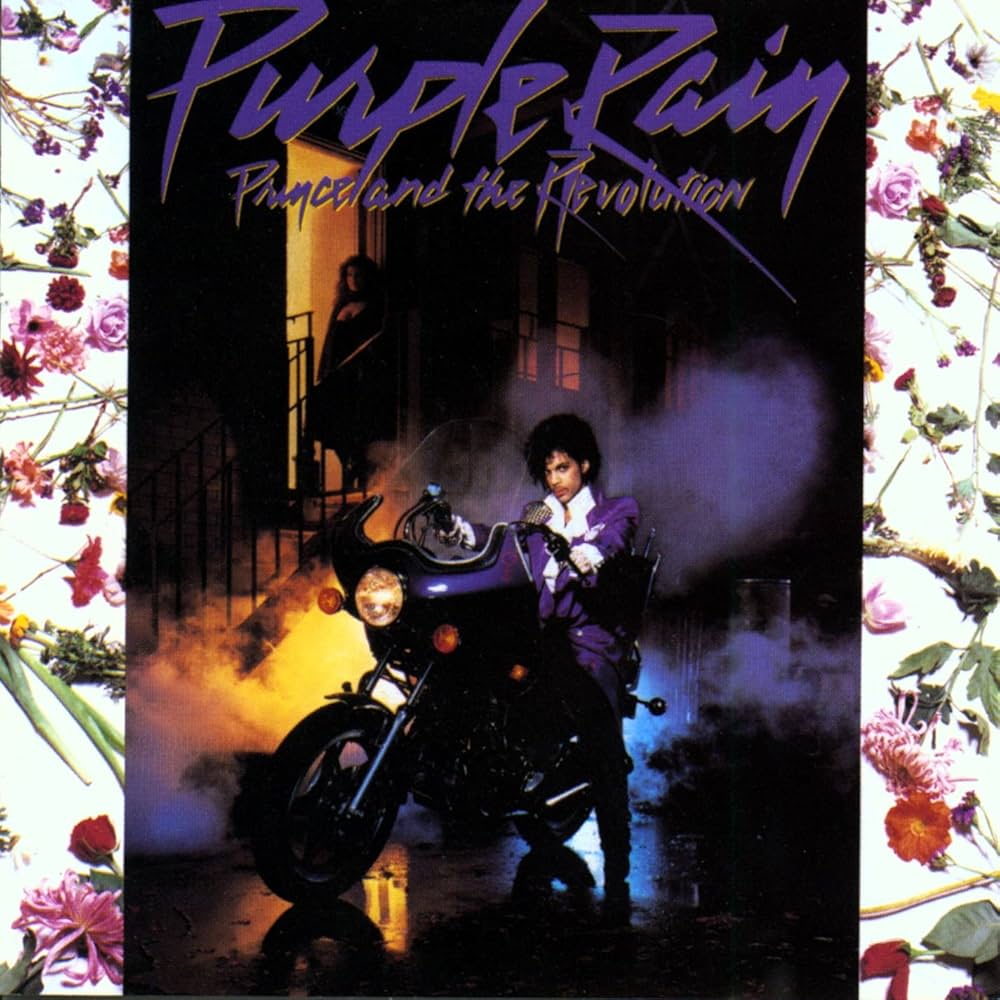
At this point, MTV was a major battleground in my house. We weren’t even allowed to have cable, and a big part of the reason was that my dad didn’t want that particular channel in the house. We were not allowed to have MTV in my house. We didn’t even have cable. So I had to watch MTV over at other people’s houses, or I would have people videotape six hours of MTV so I could watch it at my house, and I railed against my parents and that particular policy. I was willful and I was determined to watch the things I wanted to watch or listen to the things I wanted to listen to. It wasn’t just MTV, of course. I had to hide my Richard Pryor and Cheech and Chong records in the album sleeves for soundtracks to other movies, and I had to hide my Mad magazines and my National Lampoons and my Playboys and my Fangorias… I mean, of all of those, Fango was the one that would get me in the most trouble when my dad found it, but they were all on the forbidden list. And of course, I thought the forbidden list was fucking awesome.
As I mentioned in the news and events recap above, Live Aid happened this month, and I was determined to see it. They were airing it on free UHF channels as well as MTV, and so far part of the day, I watched it in my own house. My dad wasn’t home, so I could manage it. But at a certain point, I decided to move across the street to a friend’s house. He had cable and his parents had a rumpus room where we were a million miles away from the adults and unobserved. I managed to see the majority of the show, and what I didn’t get to see that day, my friend taped for me so I could see it the following Monday while my dad was working. It felt important to be part of the Live Aid audience, and I found it infuriating that something that was being thrown for a charity was considered controversial. This was a chance for me and this particular friend to spend one last long day hanging out, and a lot of the way I picked movies this month was based on who I could see things with. Even though I had a sort of scorched-earth approach to all things Chattanooga, I managed to line up time to see some of the month’s big movies with friends.
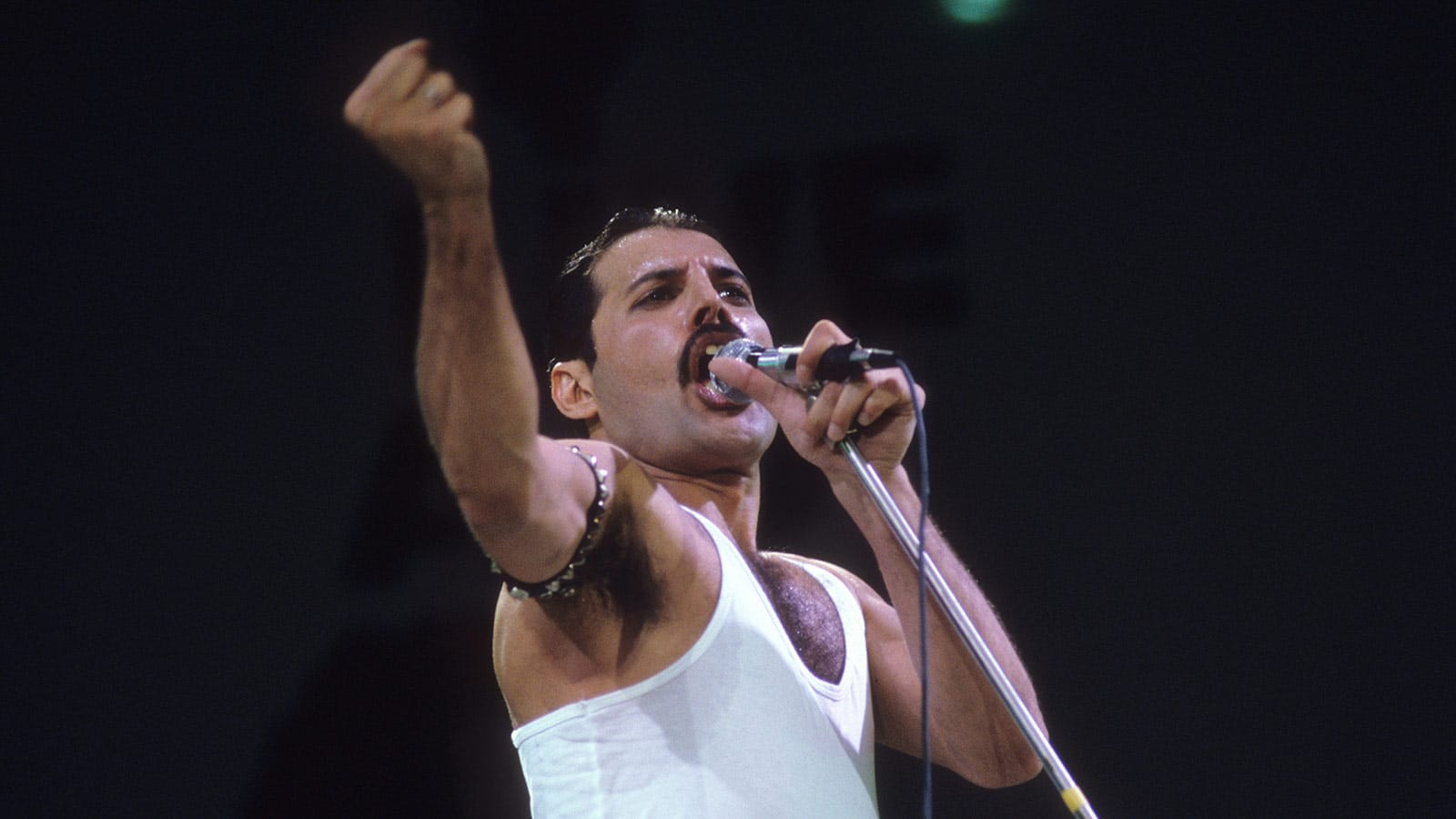
It felt like a month full of divisive movies that no one could agree about, which I found fun. I remember the heated debate after a few of us saw Day of the Dead. It felt like a lot of the films led to those same kinds of debates in the lobbies or the parking lots or the Burger Kings next door after we saw Silverado or Explorers or European Vacation. Silverado, The Man With One Red Shoe, The Emerald Forest… they all had their advocates, and they all had people who hated them. I think we were all united on Red Sonja as a huge disappointment, but Conan the Destroyer the year before had primed us for it. Maybe it was because I was getting ready to leave, but there was a tension in the air about all of these experiences.
Well, all of them except for one… everyone loved Back to the Future, and we snuck in second and third viewings around seeing the other new releases, precisely because people were so divided about everything else. It was such a surprise, and it left me in such a good mood, and for a minute, nothing else mattered, and I wasn’t freaking out because I was about to move away or because I had screwed up so many things. I was just dizzy in love with this audacious, inventive blockbuster.
The moment didn’t last, though. But we’ll get to August soon enough. For now, it’s safe to say that July got off to a bang, so let’s get this thing up to 88 miles per hour and start this party right…
JULY 3
Back To The Future
Michael J. Fox, Christopher Lloyd, Lea Thompson, Crispin Glover, Tom Wilson, Claudia Wells, Marc McClure, Wendie Jo Sperber, George DiCenzo, Frances Lee McCain, James Tolkan, J.J. Cohen, Casey Siemaszko, Billy Zane, Harry Waters Jr., Donald Fullilove, Lisa Freeman, Cristen Kauffman, Elsa Raven, Will Hare, Ivy Bethune, Jason Marin, Katherine Britton, Jason Hervey, Maia Brewton, Courtney Gains, Richard L. Duran, Jeff O’Haco, Johnny Green, Jamie Abbott, Norman Alden, Read Morgan, Sachi Parker, Robert Krantz, Gary Riley, Karen Petrasek, George ‘Buck’ Flower, Tommy Thomas, Granville ‘Danny’ Young, David Harold Brown, Lloyd L. Tolbert, Paul Hanson, Lee Brownfield, Robert DeLapp, Huey Lewis
cinematography by Dean Cundey
music by Alan Silvestri
screenplay by Robert Zemeckis & Bob Gale
produced by Neil Canton and Bob Gale
directed by Robert Zemeckis
Rated PG
1 hr 56 mins
When a teenager is thrown back in time and prevents the teenaged version of his parents from falling in love, he and his scientist friend have to fix things before he is erased from the timeline.
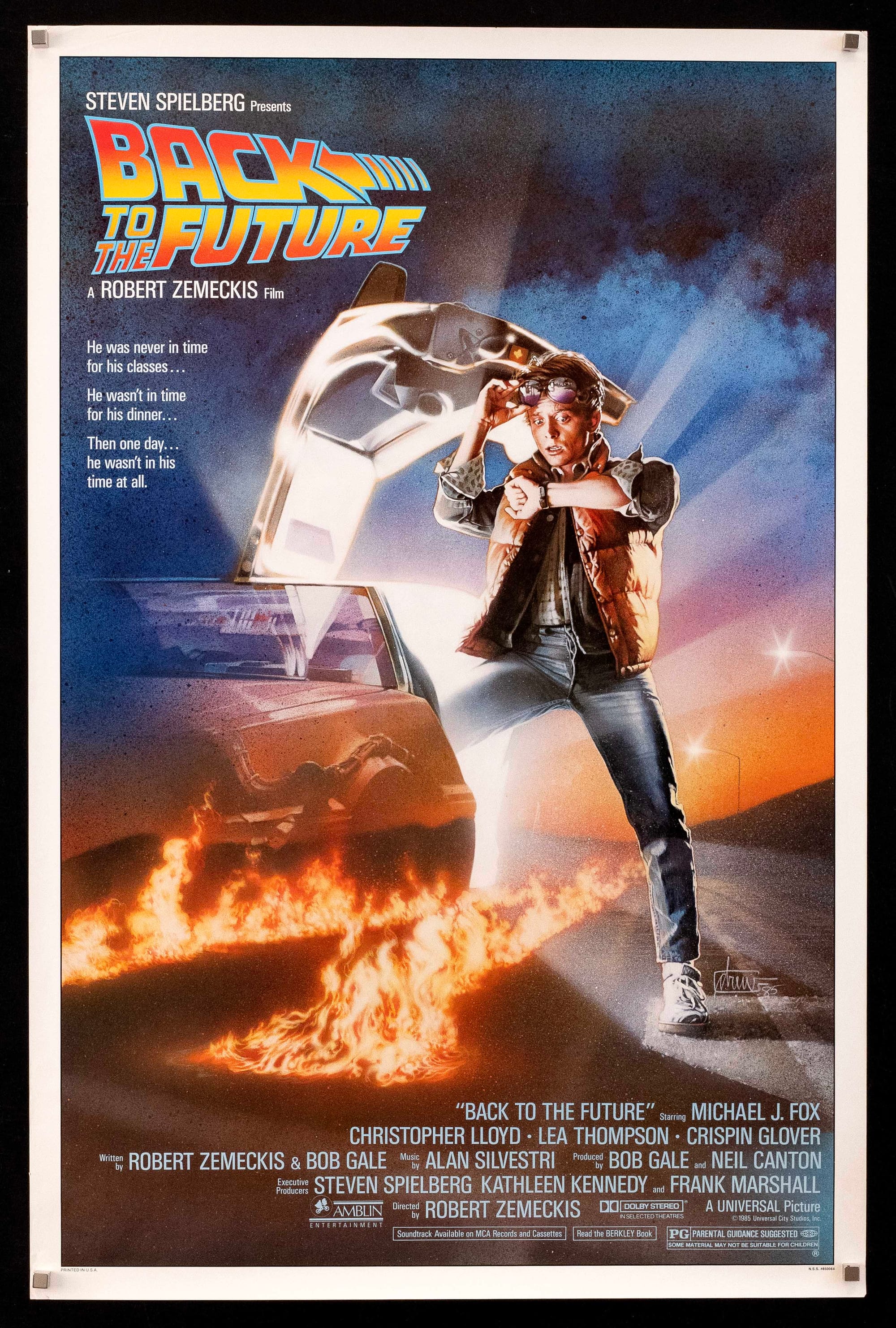
By this point in the ’80s project, if you’re reading chronologically, we will have already discussed how Robert Zemeckis and Bob Gale got here.
In our Used Cars piece, I talked about how that film was sold using Steven Spielberg’s name in a prominent position. For a long time, it seemed like their stories were too tangled for Zemeckis to ever really break through as a stylist in his own right. Following the controversy over Poltergeist, Spielberg was more cautious about overpowering other filmmakers as a producer. It became far more important for him to try to give them space to make their own films, but with all the support he could put together. Gremlins was a good experience for both Spielberg and Joe Dante, and at that point in his career, Zemeckis felt comfortable letting Spielberg put his clout behind his next collaboration with Bob Gale, allowing them to finally make something that they’d been working on for several years by that point.
Back to the Future started kicking around in conversation for The Two Bobs in the late ‘70s. One of the key entry points for the idea for Zemeckis and Gale was the idea of a time travel movie that wasn’t pinned to some big historical event. While they were struggling to crack the story, Gale was visiting his parents and went through his dad’s high school yearbook. He started wondering if he would have been friends with his dad or not, and that suddenly unlocked the idea for them.
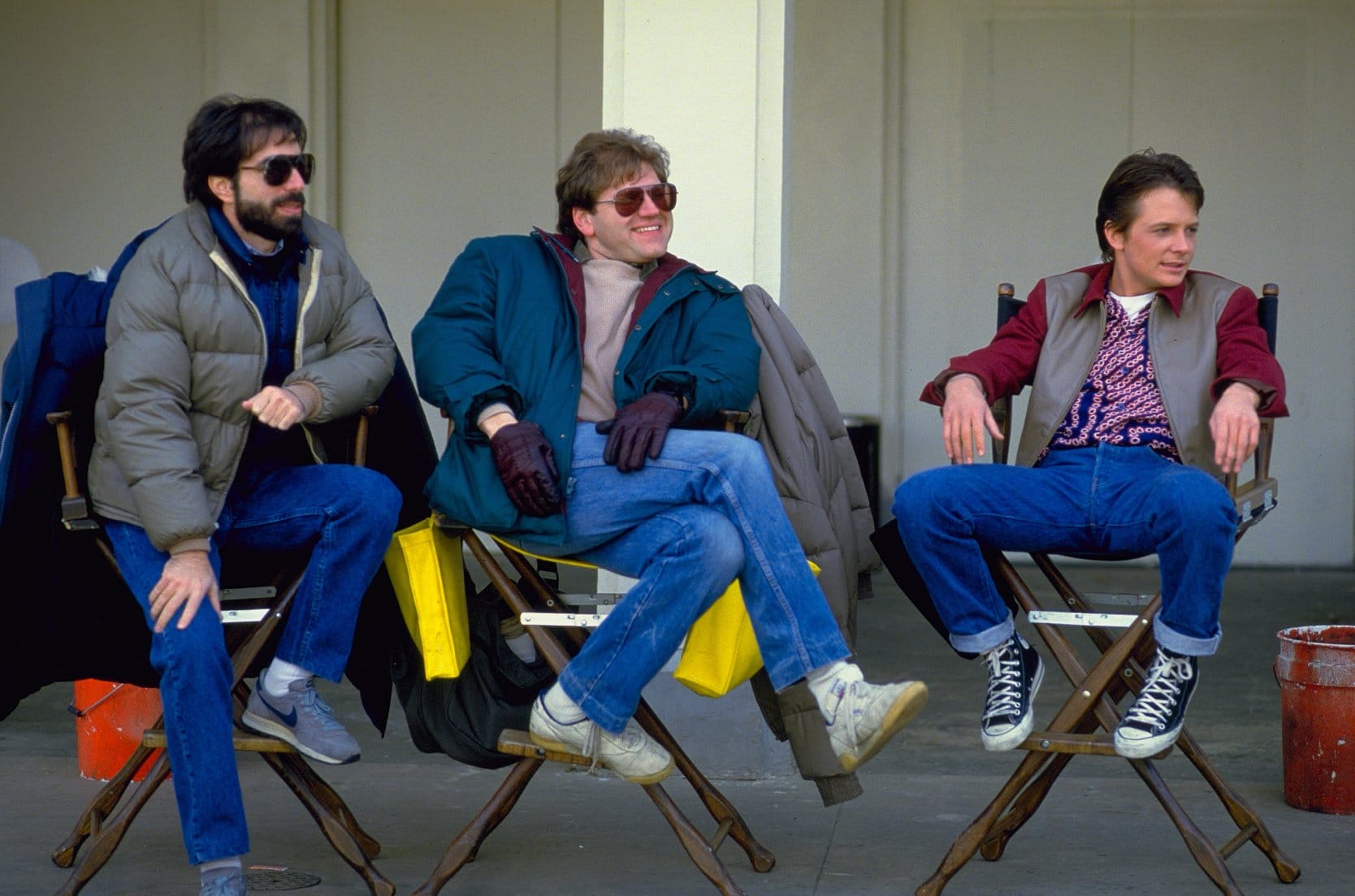
I consider the finished release version of the film to be one of the best commercial screenplays of the ‘80s, a perfect little puzzle box of a movie where everything works like clockwork. That was the result of a whole lotta work, and to understand just what a miracle it is, it helps to look at the various screenplay drafts that were done between them making the first deal with the studio and the actual release version of the movie. It was a constantly shifting document, with Zemeckis and Gale refining things at every step, and believe me, they needed refinement.
I’m not sure how I feel about the first draft from 1981. It’s a wild read. The script opens with Marty McFly using Professor Brown’s equipment to make pirated VHS and Beta copies of Close Encounters, Empire Strikes Back, Stir Crazy and Superman II so he can sell them. They describe Professor Brown as “elderly,” then also say he’s in his late 60s. Prof. Brown is frustrated because he’s been working on a power converter since 1949, trying to create something that turns radiation into electricity, and the most he can do is power the video piracy set-up. Marty’s frustrated because he wants to upgrade to 35mm piracy since he knows a projectionist at a first-run house, and also because there’s a door in the Professor’s lab that has five locks on it, and the Professor refuses to tell him what’s inside. Whatever it is, that’s what the Professor’s building the power converters for. At school, Marty is learning about nuclear weaponry and the threat of nuclear war, but he’s more interested in finding out if Suzy Parker will go to the upcoming dance with him. The Professor doesn’t have a dog named Einstein, but he does have a monkey named Shemp.
When Marty accidentally spills some Coca-Cola into the power converters, it suddenly solves the problem, and the Professor heads back into his private lab, suddenly excited. Marty heads home, where he has dinner with his dad, George McFly, and his mom, Eileen. It’s a very different family vibe, with Marty as an only child, and his parents basically bored with each other. Marty tells them he’s going to the “Springtime in Paris” dance, which leads Eileen to remember how that was her first date with George, where they shared their first kiss as Eddie Fisher’s “Turn Back The Hands of Time” was playing. Marty tells them he’s going to take Suzy to the lake to watch the sun rise after the dance, and before Eileen can explain her concerns, Biff Tannen shows up at the door, wearing a security guard uniform. He works at the local golf course, and he’s here to complain about the drill that George gave him, which is the same drill Marty’s been looking for. He storms out to go see Suzy and they talk about how it’s impossible to imagine your parents having sex. Marty’s on his way home when he’s intercepted by some agents from the Nuclear Regulatory Commission who run a Geiger counter over him while they ask him questions about Professor Brown. When they let Marty go, he runs across town to the Orpheum Theater, where the Professor lives, and he bursts into the Professor’s lab just as he powers up his nuclear-powered device that zaps Shemp out of existence, seemingly. The Professor explains that Shemp is fine because he’s been sent two minutes into the future…
